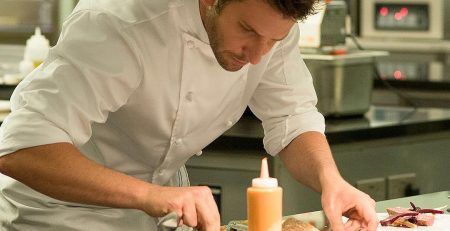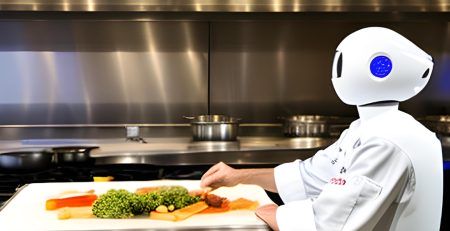The Covid-19 pandemic continues to evoke mixed feelings, from rage and fear to sadness. Attempts at transformation and adaptation have touched all sectors of society, but few have been hit as hard as the restaurant industry. From closures and financial problems to innovative adaptations and the emergence of new dining concepts, the pandemic has profoundly changed the gastronomy landscape.
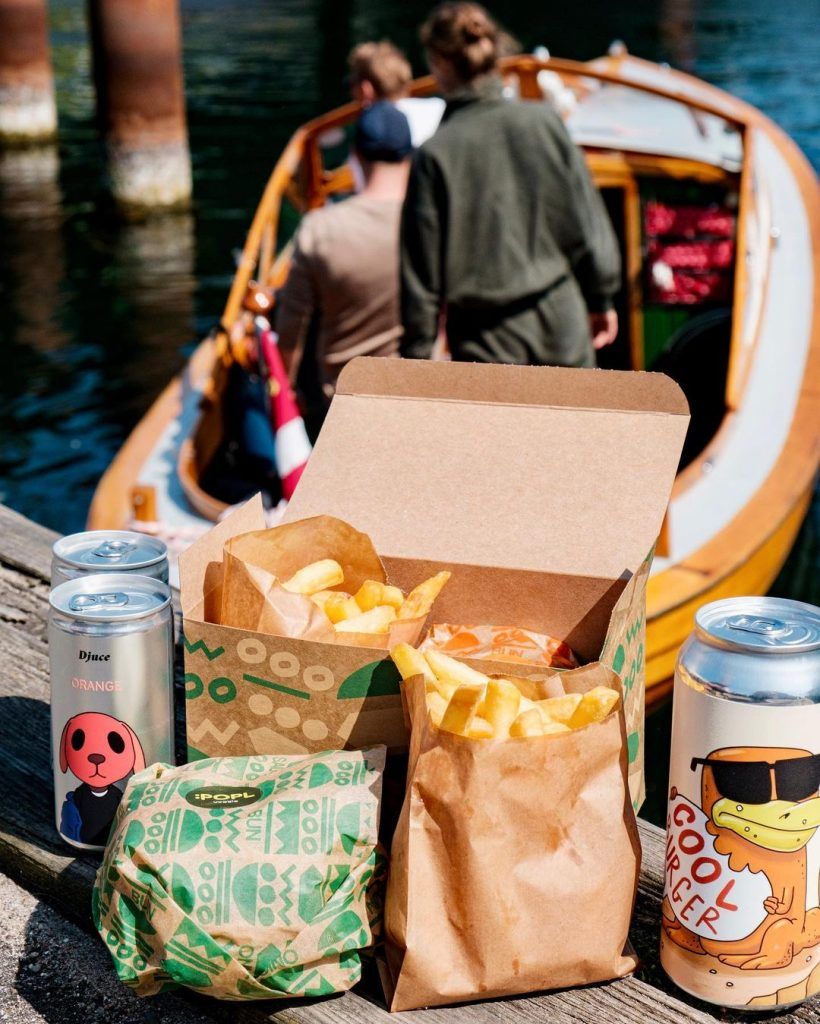
Photo: Instagram @poplburger
A devastating impact
The pandemic triggered a wave of closures that devastated the restaurant industry. Forced shutdowns, capacity constraints, and safety concerns left many restaurants unable to survive financially. By the end of 2020, more than 110,000 restaurants had closed permanently or long-term in the United States alone, according to the National Restaurant Association. These closures meant not only the loss of businesses but also the loss of livelihoods for owners, chefs, waiters, and other restaurant staff.
Adapting the business to the new reality was difficult but not impossible. Takeout and delivery services became a lifeline for restaurants, allowing them to continue serving customers while adhering to social distancing rules. Some establishments completely changed their business model, offering meal kits, virtual cooking classes, outdoor dining, or make-it-yourself kits to stay in business.

Photo: Instagram @metasingapore
Adaptation and innovation
Restaurant owners were forced to reduce staff numbers and ensure social distancing and proper disinfection, which increased expenses. Although online ordering and home delivery services increased significantly, lack of financial support gradually made the restaurant business critical. Maintaining employees and restaurants that were currently losing money was a difficult task. And of course, not everyone managed to do it. Restaurants were closed en masse, and entire teams were laid off. People were losing their jobs day by day, and given various civil law contracts, they often could not count on state aid in this situation.
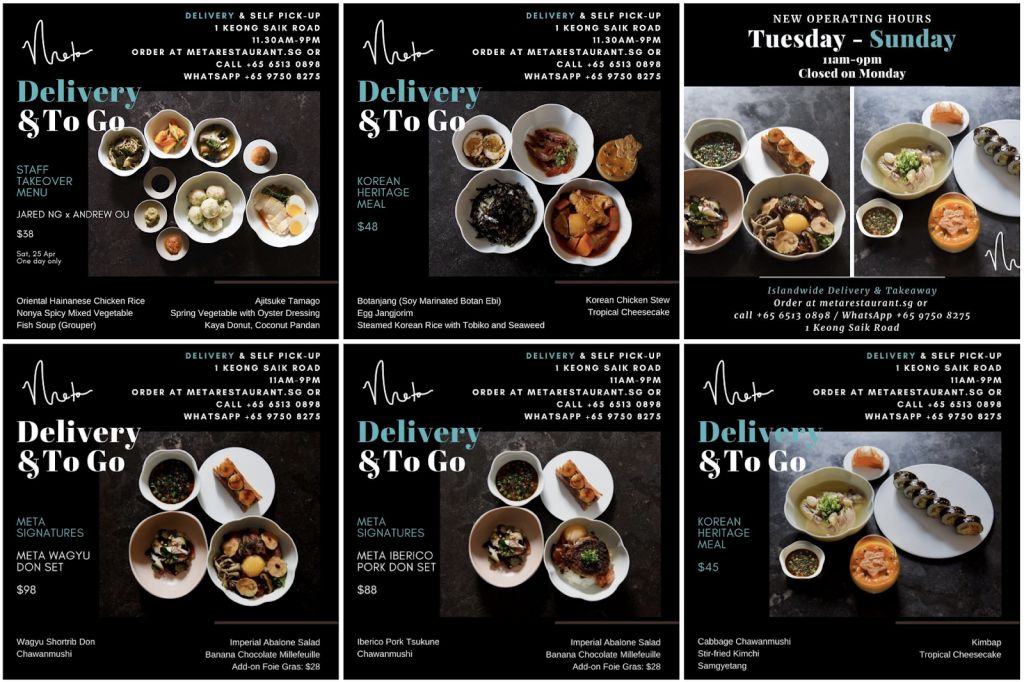
Photo: Instagram @metasingapore
However, amidst the challenges and closures, there were shining examples of resilience and adaptability that deserve to be celebrated. One such place of perseverance was Meta, helmed by the determined Sun Kim. Despite the stringent restrictions imposed by the pandemic, Meta refused to succumb to adversity. Instead, they courageously pivoted their operations, embracing food deliveries and implementing innovative changes to their menu. Sun Kim and his team demonstrated unwavering resolve.
Similarly, Lolla, under the visionary leadership of Johanne Siy, exemplified resilience and agility in the ever-changing environment brought about by the pandemic. Reacting swiftly to shifting restrictions, Johanne Siy and her team displayed remarkable adaptability by swiftly adjusting their concepts to align with the imposed regulations. From offering intimate dining experiences for two to creatively reimagining their menu offerings, Lolla remained steadfast in its commitment to providing exceptional culinary experiences despite the challenges posed by the pandemic.
Ability to thrive amidst adversity serves as a testament to ingenuity and perseverance.
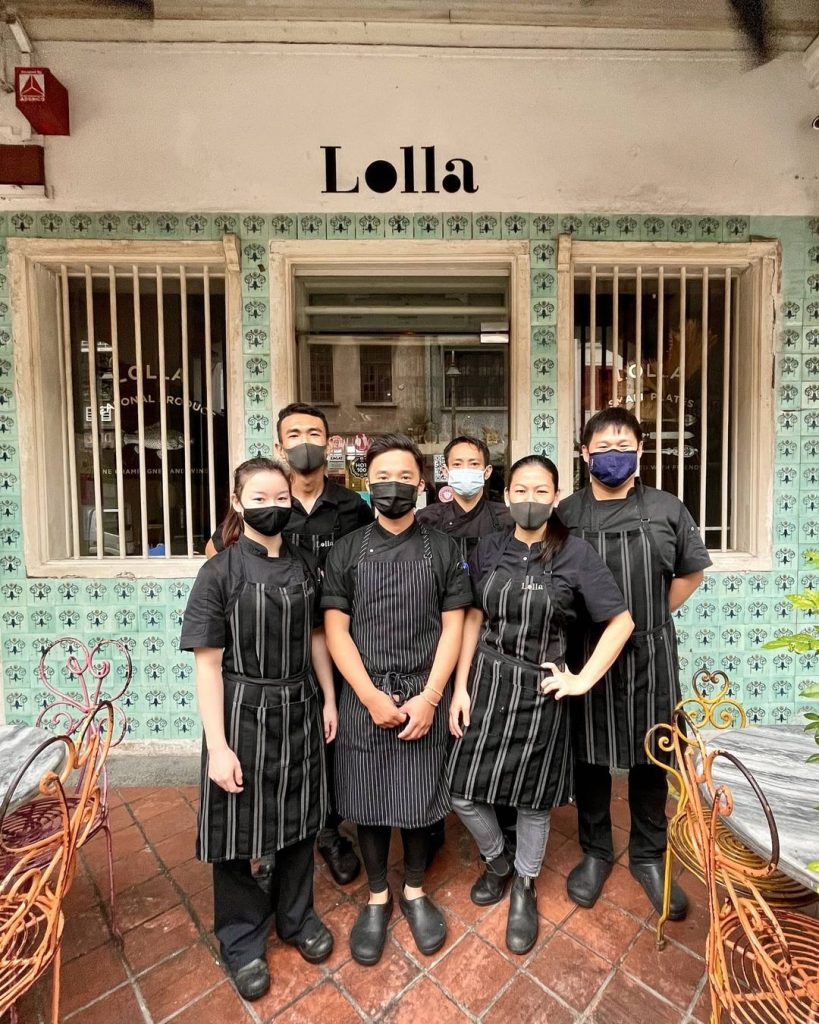
Photo: Instagram @lollasg
Creating new gastronomic concepts
In 2020, citing the difficulty of quickly changing seasonal offerings and the challenge of socially distancing the 85-person staff, chef and owner René Redzepi decided to open a pop-up – POLP Burger. According to the Guardian, the pandemic version of Noma served about 2,400 burgers every day and in just five weeks it has already welcomed more guests than the “regular” restaurant in the last six years combined. After a few months, the concept was transformed into a permanent restaurant.
While the pandemic resulted in the closure of many restaurants, it also paved the way for the emergence of new dining concepts and culinary ventures. As restrictions eased and economic activity gradually returned, entrepreneurs took the opportunity to fill gaps in the market and meet changing consumer preferences. Ghost kitchens, virtual restaurants, and pop-up meals have proven to be innovative solutions aimed at meeting the changing requirements of guests in the post-pandemic world and, above all, getting back on their feet financially.
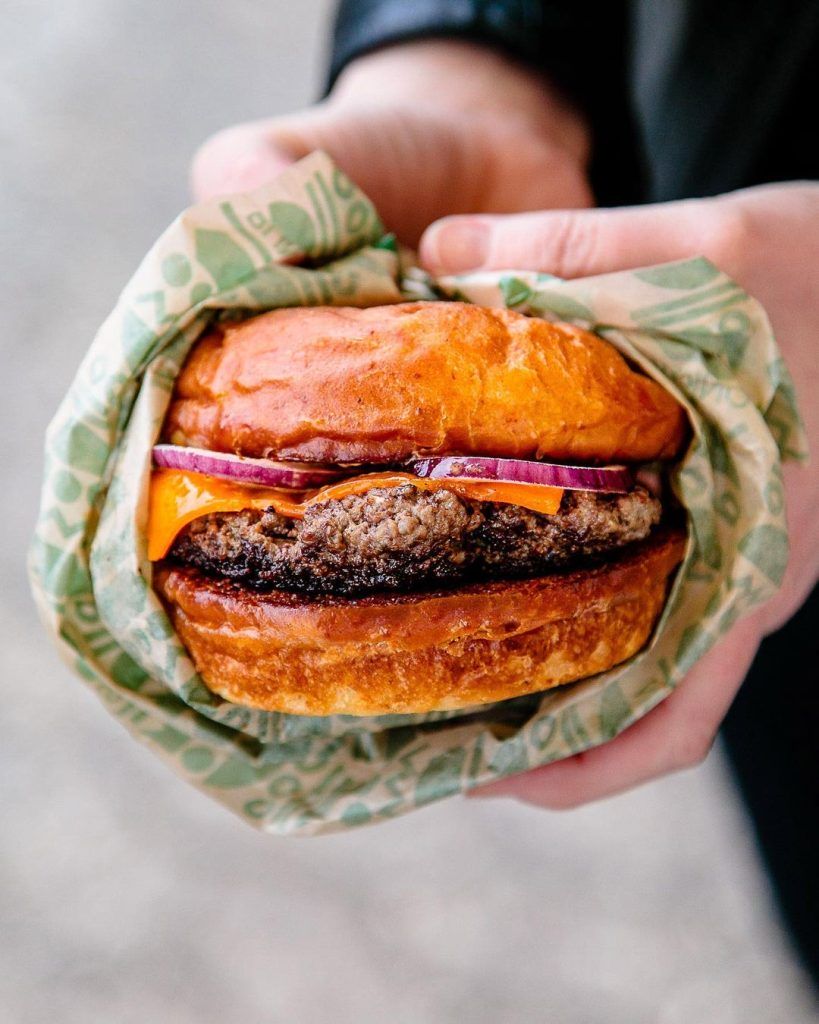
Photo: Instagram @poplburger
Changing social norms
The pandemic has fundamentally changed social norms and behaviors, including the way people eat out. Safety concerns and health precautions have become top priorities for consumers, driving demand for contactless payment options, outdoor dining areas, and improved hygiene protocols in restaurants.
Looking to the future
Dealing with the effects of the pandemic will continue. However, looking at the flexibility, creativity, innovation, and courage with which some chefs/owners coped with the imposed restrictions, one can rightly hope for a happy ending.




